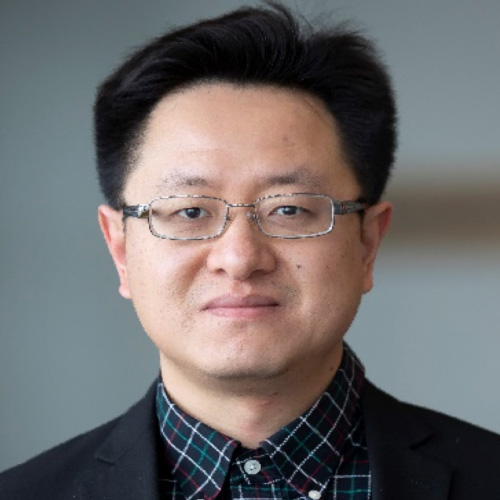

 Xiaogan Liang
Xiaogan Liang Abstract:
This short course presentation introduces the recent progress in development of top-down nanofabrication and nanomanufacturing techniques for processing 2D materials into functional devices. Emerging 2D materials, such as graphene and transition metal dichalcogenides (TMDCs), provide attractive electronic, photonic, chemical, and mechanical properties, and potentially enable new devices applications in the fields such as biosensing and clinical diagnosis, artificial intelligent (AI) systems, and energy harvesting. However, the current state-of-the-art semiconductor manufacturing processes, such as resist-based lithography and plasma-based feature etching, are not suitable for mass production of 2D-material-based commercial devices. In this presentation, I will briefly talk about the current scientific and technical challenges involved in manufacturing of 2D materials and devices as well as the recent exploration works seeking to develop non-traditional lithography approaches that could address such challenges.
Bio:
Dr. Xiaogan Liang is currently working as a Associate Professor at The Mechanical Engineering Department of University of Michigan (UM) : http://nnl.engin.umich.edu. Before joining UM, Dr. Liang was a Staff Scientist working at The Molecular Foundry, Lawrence Berkeley National Laboratory. His current research interests are focused on nanomanufacturing and microsystem integration, nanoelectronics and optoelectronics based on low-dimensional nanostructures, biosensors, and flyer/microdrone sensors. Dr. Liang has coauthored 62 journal publications and 46 conference presentations, has given 29 invited presentations, and has 5 US patents. Dr. Liang is the recipient of NSF CAREER Award, and he is the member of Sigma Xi, IEEE, and ASME. Dr. Liang obtained a BS in Physics from Peking University, a MS in Condensed Matter Physics from Institue of Semiconductors, Chinese Academy of Sciences, and a Ph.D. in Electrical Engineering from Princeton University.